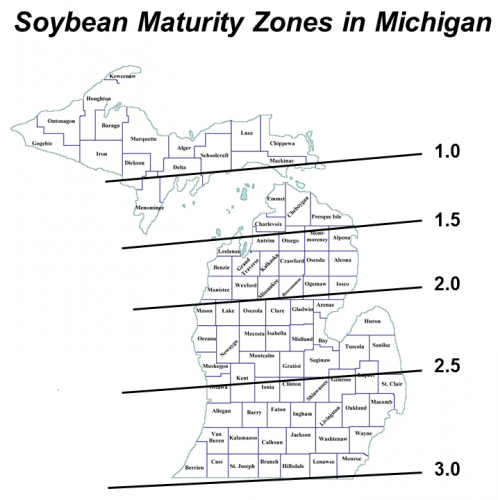LOUISVILLE, Ky. — The U.S. Department of Agriculture’s National Agricultural Statistics Service (NASS) released the Acreage report on June 30. For Kentucky, the report shows an increase in the number of corn acres planted, and fewer soybeans planted than a year ago.
Acreage planted to corn in Kentucky was estimated at 1.55 million acres, up 110,000 acres from 2022. Acres harvested for grain is estimated at 1.45 million acres, up 100,000 acres from last year. The U.S. corn planted for all purposes in 2023 was estimated at 94.1 million acres, up 6% from last year. Growers expect to harvest 86.3 million acres for grain, up 9% from last year.
Soybeans planted in Kentucky were estimated at 1.90 million acres, down 50,000 acres from 2022. Acres harvested for grain, at 1.89 million acres, was 50,000 acres below acres a year ago. U.S. soybean planted area for 2023 was estimated at 83.5 million acres, down 5% from last year. Area for harvest, at 82.7 million acres, is down 4% from 2022.
Farmers in Kentucky intend to set an estimated 29,000 acres of burley tobacco for harvest. This was up 1,000 from the 2022 level. Dark fire-cured tobacco acreage set was estimated at 7,700 acres, down 2,100 acres from the previous year. Dark air-cured tobacco acreage was estimated at 4,700 acres, down 1,100 from a year ago. Burley producing states acreage for harvest was estimated at 33,420 acres, 3% above last year.
Winter wheat seeded acreage in Kentucky was estimated at 610,ooo acres, 80,000 acres above the previous year. Acreage harvested for grain was estimated at 460 thousand acres, 85,000 acres above 2022. The U.S. Winter wheat planted area was estimated at 37.0 million acres, up 11% from 2022. Area harvested for grain was forecast at 25.7 million acres, up 10% from last year.
Alfalfa hay acreage in Kentucky was estimated at 100,000 acres, down 10,000 from the 2022 crop. All other hay was estimated at 1.95 million acres, up 30,000 from a year ago. The U.S. All hay acreage was estimated at 52.0 million acres, up 5% from 2022.
— USDA National Agricultural Statistics Service


















